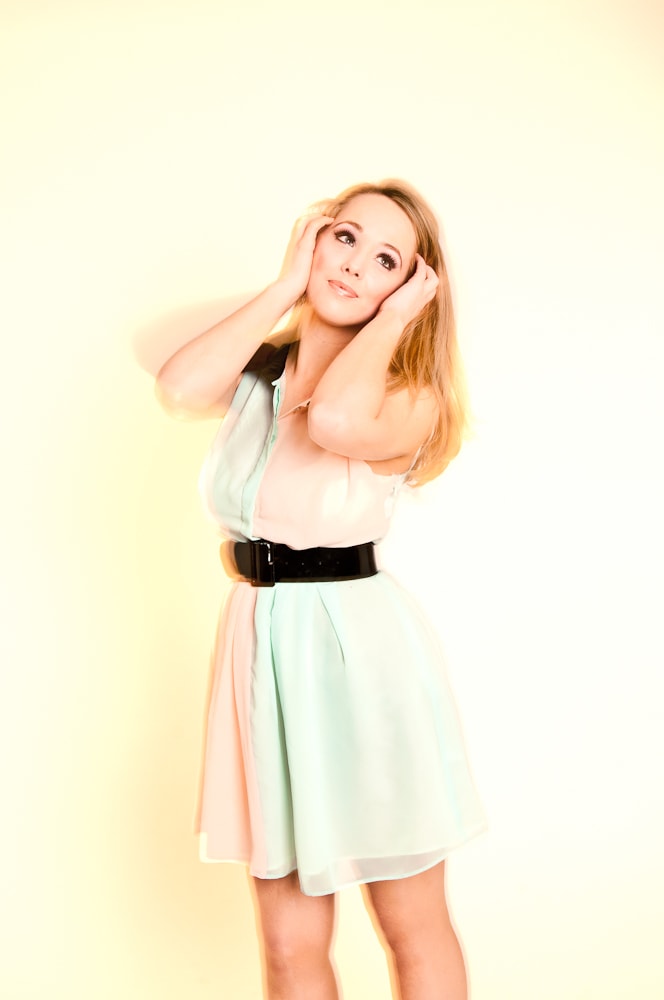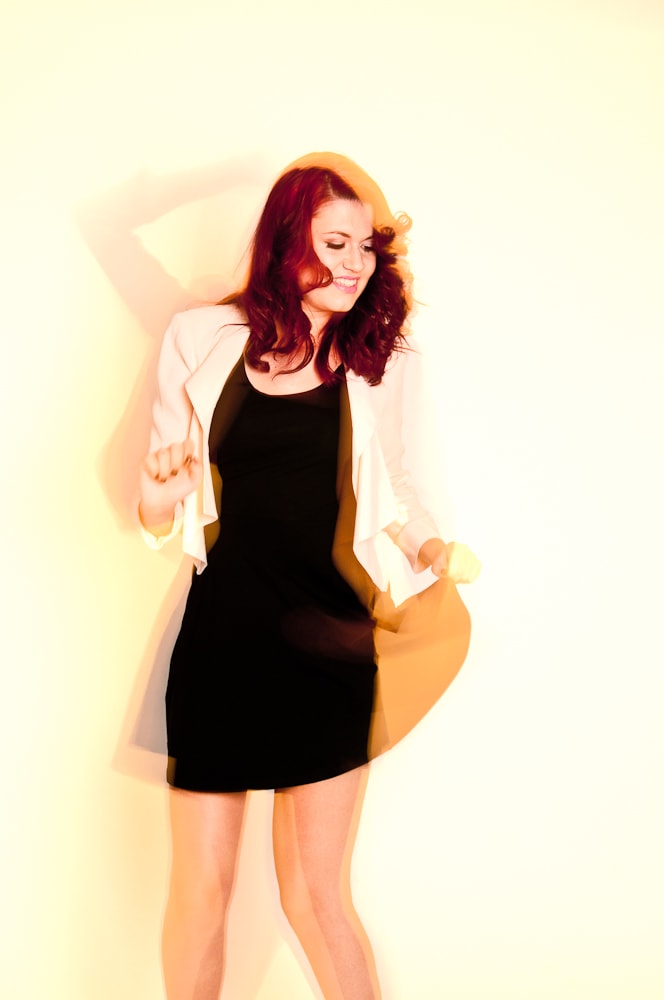
Most of the time the studio is a controlled environment where lighting ratios and precise positioning rule, but sometimes we need to break those rules and introduce some inventive lighting techniques.
One of our favourite creative studio lighting techniques is to introduce movement. The burst from a studio light is somewhere around 1/1000 sec, which is fast enough to freeze any motion, so how do we capture movement in the studio? The answer is to introduce some ambient light into your set up. The ambient light can come from a window, or any constant light source. In these examples we used the lamp on the studio lights as a constant light source.
To capture a sense of movement in a studio requires a long enough shutter speed to catch the movement, but we don’t want our shot to be a complete blur. We need an element of the image to be frozen and sharp, so we can tell what we’re looking at. This is how we created our shots:
1. Camera on manual mode, ISO200, aperture set to F11, shutter speed 1/3 sec.
2. In a dark studio, two studio lights pointing at a white background, slaves disabled, lamps turned up. Take a test shot with camera set as above, check image, and adjust power of lamps until you are happy with brightness of background.
3. Turn off background lights, position model, and place a light on your model, meter light on model to F11, and prevent this light from casting light on the background.
4. Switch on background lights, ask model to dance, shoot.
You will capture traces of movement as your model moves in the ambient light, and you will freeze motion with the main light. Experiment with different levels of light on the background, and with different shutter speeds.
We teach this technique as part of our Studio Lighting Course.
